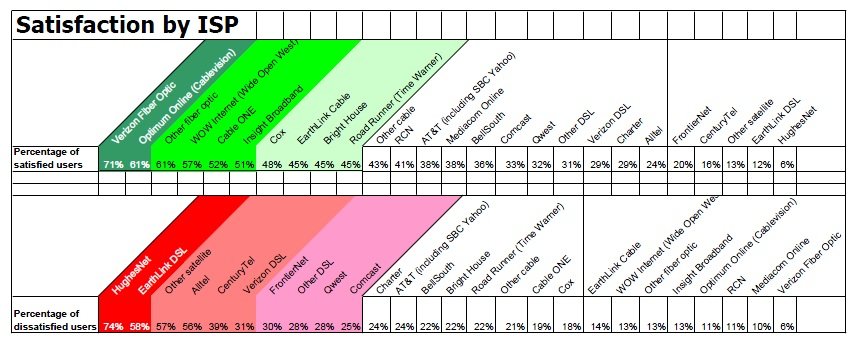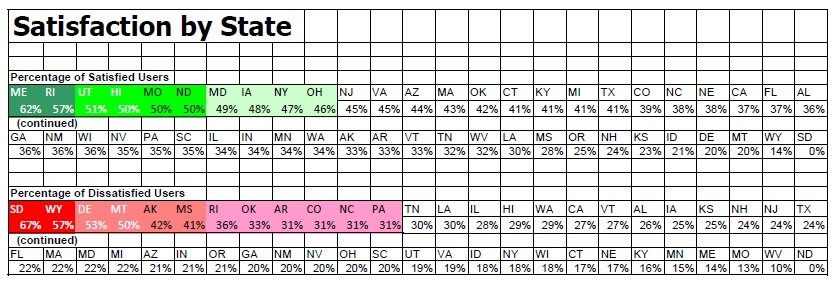A federal appeals court in Washington has struck down, for a second time, a rulemaking by the Federal Communications Commission to limit the size of the nation’s largest cable operators to 30% of the nation’s pay television marketplace, calling the rule “arbitrary and capricious.”
The 30% rule, designed to keep no single company from controlling more than 30% of the nation’s pay-TV subscribers, was originally written in 1993 by the FCC because the agency feared a concentrated cable television marketplace would stifle innovation, lock out potential new independent programmers, and discourage new forms of competition. The cable industry immediately called the cap an overreach, and in 2001, found a friendly reception in court, with a ruling demanding the FCC reconsider the rule in light of competition from satellite television.
The FCC determined satellite competition was inadequate alone to justify reversing the 30% ownership limit, and essentially kept the limit in place, mostly at the urging of FCC Chairman Kevin Martin, who regularly tangled with the cable industry during the Bush Administration.
The decision striking down the 30% rule came in a harshly worded ruling from Judge Douglas H. Ginsburg.
“In light of the changed marketplace, the government’s justification for the 30 percent cap is even weaker now than in 2001 when we held the 30 percent cap unconstitutional,” Judge Ginsburg wrote for a three-member panel of the court.
Ginsburg wrote the FCC was egregiously derelict in its revised rulemaking because it failed to heed the court’s direction, requiring the court to vacate the rule.
The ruling is a “significant gain for cable and apparent big victory for Comcast,” said Andrew Lipman, a Washington- based partner in the media, telecommunications and technology practice at Bingham McCutchen LLP.
The Philadelphia Inquirer noted some Wall Street analysts were pleased with the court’s decision:
Wall Street analyst Craig Moffett called the decision a “moral” victory for Comcast, which contended that the market-cap rule was politically motivated by the Federal Communications Commission and wouldn’t overcome a court challenge. The rule was passed under former FCC Chairman Kevin Martin.
Speculation about what companies Comcast could likely snap up began immediately, ranging from a conceptual merger with Time Warner Cable, the nation’s second largest cable company, to quick buyouts of smaller players like Cablevision or now-bankrupt Charter Cable.
Consumer groups were alarmed by the court ruling.
“This is not the end of the fight,” Andrew Jay Schwartzmann, president and chief executive officer of the Media Access Project, a nonprofit policy advocacy group, said in a statement. “Big cable’s anti-competitive ownership structure has increased prices and limited choices for the American public. Therefore, we will consult with the FCC on whether Supreme Court review is feasible. If not, we’ll be asking Congress to pass new legislation to ensure more choice and lower prices for cable TV service.”
Ben Scott, policy director for Free Press, noted that the intent of the original 1992 Cable Act was to promote competition and consumer choice. Yet in most cities, consumers face a cable cartel.
“Today consumers experience perpetual price hikes by large operators that already have market dominating purchasing power to decide the fate of new channels. The promises of lower prices through competition from satellite and telecom companies in the video business have never been realized. We encourage the FCC not only to revisit cable ownership limits, but to examine a variety of policy proposals to achieve Congress’s goal to bring consumers more competition and more choice in the cable industry.”
ABC News reported that while Comcast won this legal battle, it has a way to go in the court of public opinion.
Cable providers Comcast, Time Warner and Charter draw low marks on the American Customer Satisfaction Index, tracked by the University of Michigan. On a scale of 0 to 100, Comcast and Time Warner each scored 59 this year. The satellite provider DirectTV ranked first at 71, with Cox Communications cable at 66 and DISH Network at 64.


 Subscribe
Subscribe


